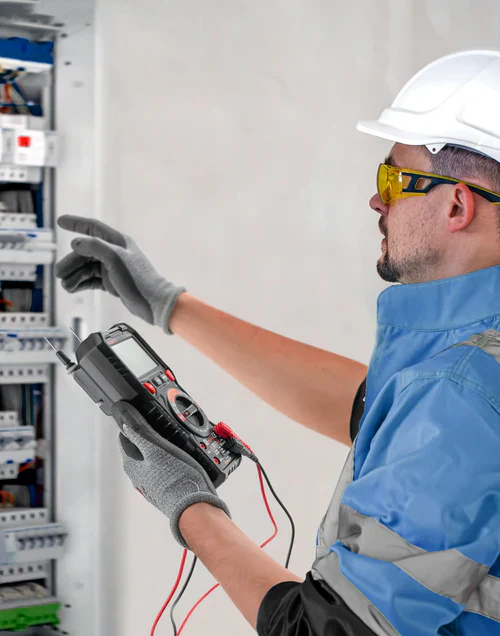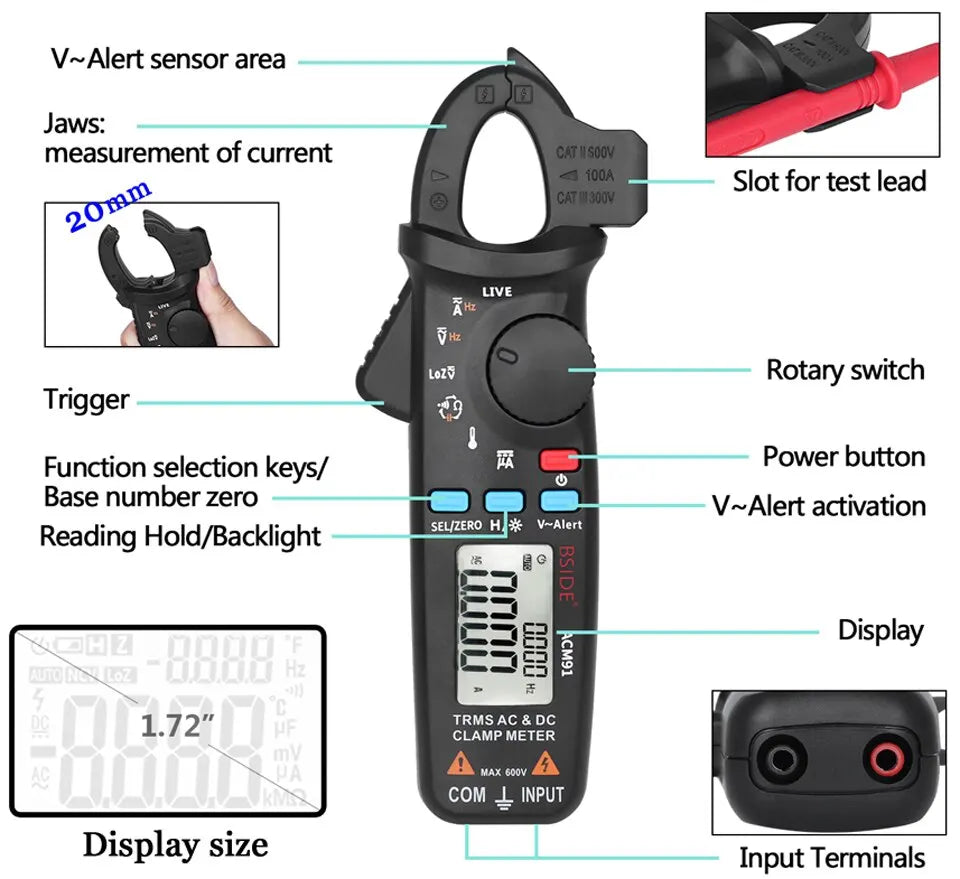Whether you're a DIY enthusiast, an electrician, or someone who often deals with home repairs, a reliable digital test pen is a must-have tool. With so many options on the market, finding the right one can feel overwhelming. In this guide, we'll walk you through what to look for and highlight some trusted tools from the BSIDE product line to help you make a confident purchase.
1. Understand Your Voltage Testing Needs
Digital test pens, also known as non-contact voltage testers or smart voltage tester pens, are designed for different use cases. Some models are tailored for high-precision work, while others are better suited for quick, everyday checks.
If you're mainly testing household outlets or simple wiring, a pen like the BSIDE A1 Non-Contact AC/DC Voltage Tester is ideal. It’s compact, easy to use, and detects both AC and DC currents, making it versatile for most basic applications.
However, if you’re looking for something with more advanced features, such as live wire identification, breakpoint detection, or adjustable sensitivity, you’ll need a more sophisticated model.
2. Look for Key Features
When choosing a test pen, consider the following key features:
-
NCV (Non-Contact Voltage) Detection
-
Sensitivity adjustment
-
LED indicators or LCD displays
-
Live/neutral wire detection
-
Sound & light alarms
-
Automatic shut-off
The BSIDE AVD06 Smart Voltage Tester Pen with NCV & Breakpoint Detection is a great example. It offers precise readings and allows you to detect breakpoints in wiring—a feature especially helpful when troubleshooting.
For users working in low-light or tight spaces, the BSIDE AC Leakage Voltage Tester Pen with Backlight provides a visible LCD readout and audio alerts, improving both safety and efficiency.
3. Prioritize Safety and Accuracy
Always choose a voltage tester that meets safety certifications and provides accurate measurements. True RMS (Root Mean Square) readings and dual-range voltage detection ensure your tool performs reliably under different conditions.
The BSIDE S1 Voltage Tester Pen with Breakpoint Check is engineered with safety and user clarity in mind. It not only identifies voltage but also helps pinpoint exactly where the current is interrupted—saving time during complex electrical work.
4. Match It to Your Work Environment
Are you mainly working indoors or on construction sites? Do you often deal with industrial voltages or basic household current? Choose a model based on your work conditions. For instance, the BSIDE AVD07 Non-Contact Voltage Tester with Wire Detection is optimized for wire-tracing applications, useful in wall-mounted systems or older building setups.
If you're often switching between residential and commercial systems, the BSIDE Z2 AC Voltage Tester Pen with Leakage Detection offers more advanced diagnostics, helping you detect even minor current leaks.
Final Thoughts
With so many digital voltage testers available, understanding the right features for your needs is the key to making a smart purchase. BSIDE’s range of test pens—from the A1 to the Z2—are designed to meet a variety of use cases, combining safety, accuracy, and ease of use.
When shopping for a voltage tester, don’t settle for guesswork. Invest in a model that suits your experience level and project requirements, and always ensure it's from a reliable brand with proven safety standards.




Partager:
What is auto v LoZ in multimeter?
What is a DVOM meter?